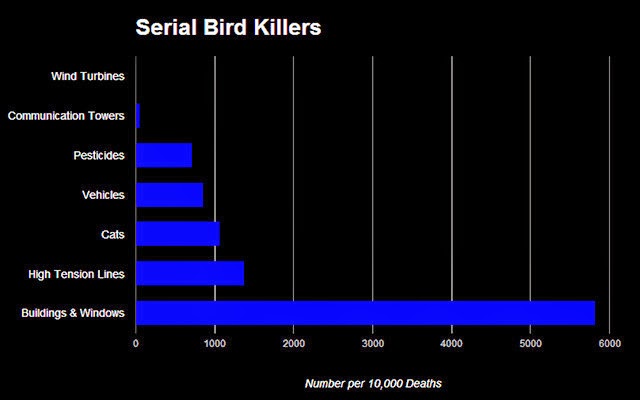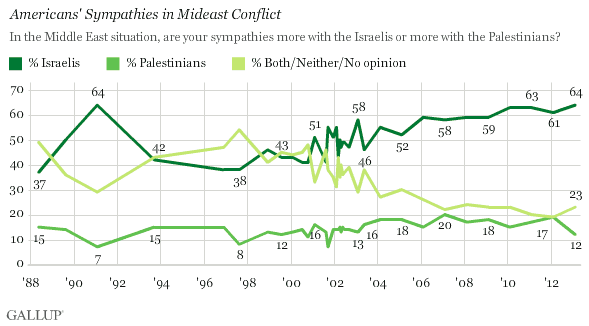Congratulations are due to the Raman Singh led BJP govt for doing well on the governance front. However the Maoist menace will remain for a long time to come (it cant be wished away). The worst thing (as in Nigeria) is for the govt to become complacent.
…..
Defying the Maoist threat of poll-boycott, Chhattisgarh
has indeed created a record of sorts in the just concluded Lok Sabha
polls in the state, registering not only the highest ever turnout of
69.48% but also witnessing an overwhelming participation of 68.04% women
voters.
As compared to a turnout of 55.29% in 2009 and about
52.09% in 2004, nearly 70% of the 1,76,23,818 electorate exercised their
franchise in these elections. Even the so-called “red areas”, where
Maoists had given called for a poll boycott, voters remained undeterred,
with Bastar and Kanker regions recording a turnout of 59.4% and 70.29%
respectively, another first in the state.
Statistically
speaking, the second phase of polling in Rajnandgaon, Mahasamund and
Kanker witnessed the highest turnout of 73.04%. This was followed by
69.60% in the third phase, which concluded on Thursday.
Poling
in the first phase in Bastar was the lowest in the state at 59.40%.
However, this turnout was much larger than the 43.33% in 2004 and 47.33%
in 2009.
The increase in the participation of women voters has
been the other hallmark of these polls. As compared to 52.33% in 2009
and 45.50% in 2004, 68.04% of the 8714762registered women voters
exercised their franchise.
Even in the Maoist infested areas of
Bastar and Kanker, women participation was high at 49.85% and 49.27%
respectively. In fact the near 50% participation of women in Bastar has
been the highest in the state.
Reasons for high turnout: While
increased voter awareness, thanks to the massive campaigns undertaken by
the EC, is being considered the main reason for the high voting trends,
the hype surrounding the high pitched polls has also contributed to the
turnout. The BJP, which is hoping to come to power at the centre with
Narendra Modi at the helm, had been virtually in the poll mode for the
last one year and didn’t lose steam even after winning the assembly
elections. Some even attribute the advent of AAP on the state’s
political scene for the increase turnout.
The BJP has a lot at
stake and thus a lot to lose in these elections. It had won 10 of the 11
seats in the last two Lok Sabha polls and observers feel that it might
not be that easy for it to repeat the same performance. With punters
betting on 9 seats for the BJP, the gain of even one seat for the
Congress would mean a 100% increase for them.
…..
Link:
…..
regards

